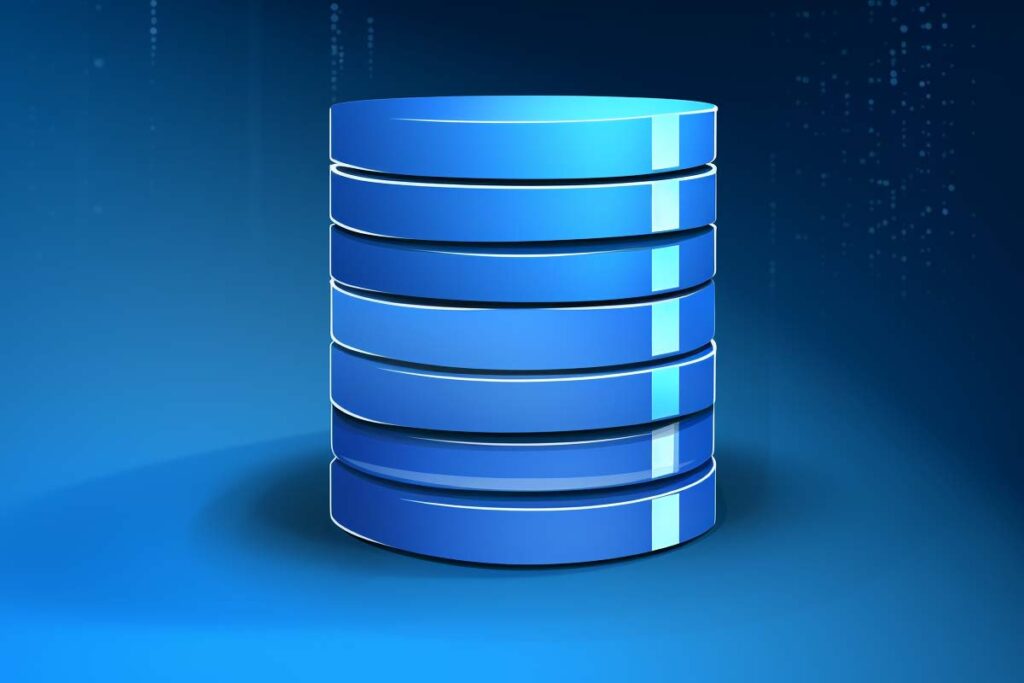Introduction to SQL Date Types
When writing SQL statements, understanding SQL date types is essential. In SQL, dates and times are represented as special data types designed to store information about dates and times. Understanding these types is crucial for effectively querying and manipulating date-related data in SQL databases. The primary date and time types in SQL include: Examples of …
























